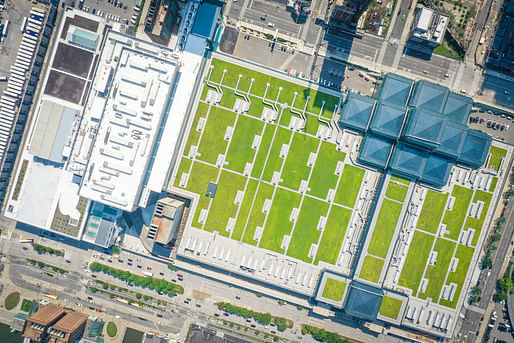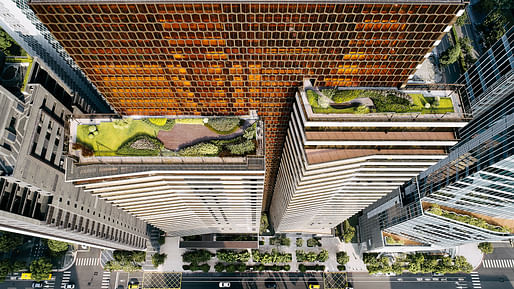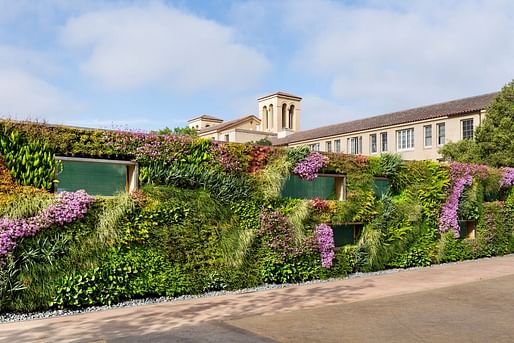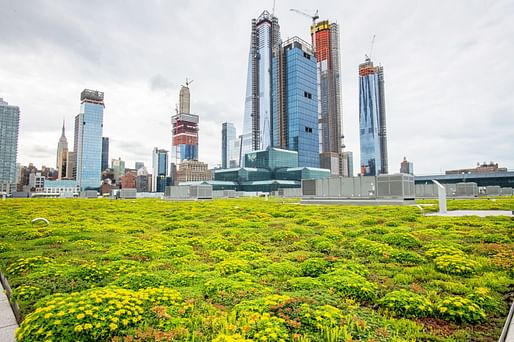

Research undertaken by NASA has found that rooftop gardens can offer substantial temperature reductions in cities during summer months. In a study published in the journal Sustainable Cities and Society, the group used satellite imagery to measure temperatures at three rooftop gardens in Chicago compared to before the roof gardens were installed.
The research sought to understand ways of mitigating the “urban heat island” in cities, where the heat absorption and retention of materials such as concrete and asphalt can cause temperatures to be ten degrees higher in cites than in surrounding areas.

“As cities grow and develop, they need to make good decisions about their infrastructure, because these decisions often last for 30 or 50 years or longer,” said Christian Braneon, a climate scientist and civil engineer at Columbia University and co-author of the study. “In the context of more frequent heatwaves and more extreme heat, it’s important to understand how these urban design interventions can be effective.”
In place of dark-colored materials traditionally used on urban roofs, such as tar, the team explored the impact of bright rooftop gardens and green roofs, whose plants and greenery reflect the sun’s rays. To do so, the team selected three green roofs installed in Chicago in the early 2000s. Using publicly available satellite imagery and open-source software, the team compared aerials of the green roofs to images of the sites taken before installation.

The study found that temperatures were reduced in two out of the three green roofs. At one site, which contained a heavy mix of plants, average temperatures were significantly lower than before the green roof was installed in 2004.
Meanwhile, a green roof at Chicago’s City Hall installed in 2002 was found to have also lowered temperatures, though the figure has begun rising again in recent years. For researchers, the recent increases are a demonstration that the benefits of green roofs are dependent on a variety of factors, including geographic region, plant diversity, and the cooling efficiency of the building itself.

On the third green roof, placed on top of a Walmart shopping center, temperatures have in fact increased since the green roof’s installation. While the other two green roofs were added to existing buildings, the green roof on the Walmart was constructed at the same time as the supermarket itself, built on the site of a vacant grassy lot. The team, therefore, concluded that although the building contained an extensive green roof, it was not enough to compensate for the removal of the natural grass and vegetation on the landscape.
“You might think that putting a green roof on your new building would make a significant impact, Braneon explained. “But what we see is that a lot of impervious material may also be added there – such as a parking lot around the building. As a result, you might reduce the impact of the parking lot, but you certainly haven’t created the cooling effect that the overgrown vegetation had.”
4 Comments
Whelp, now that NASA has weighed in, our work is done here!
yeah. This is great and all, but my classmates were doing this more than a decade ago as part of their solar energy business back when the Japanese government was supporting such things. Cutting edge tech it was not. The day this study is newsworthy will be when it is so common that nobody thinks it is worth writing about. In the meantime I guess we should cheer them on for repeating something for the nth time. Someone has to do it...
Sweating man meme trying to decide whether to put solar panels or green on the roof
Though in all seriousness, combining (when possible) is best option. As in "The experimental results showed a positive influence for this integration: green roof surface and soil temperatures are reduced from the shading and higher power output of PV panel is achieved from the cooling." Aka "biosolar" roofs.
Block this user
Are you sure you want to block this user and hide all related comments throughout the site?
Archinect
This is your first comment on Archinect. Your comment will be visible once approved.